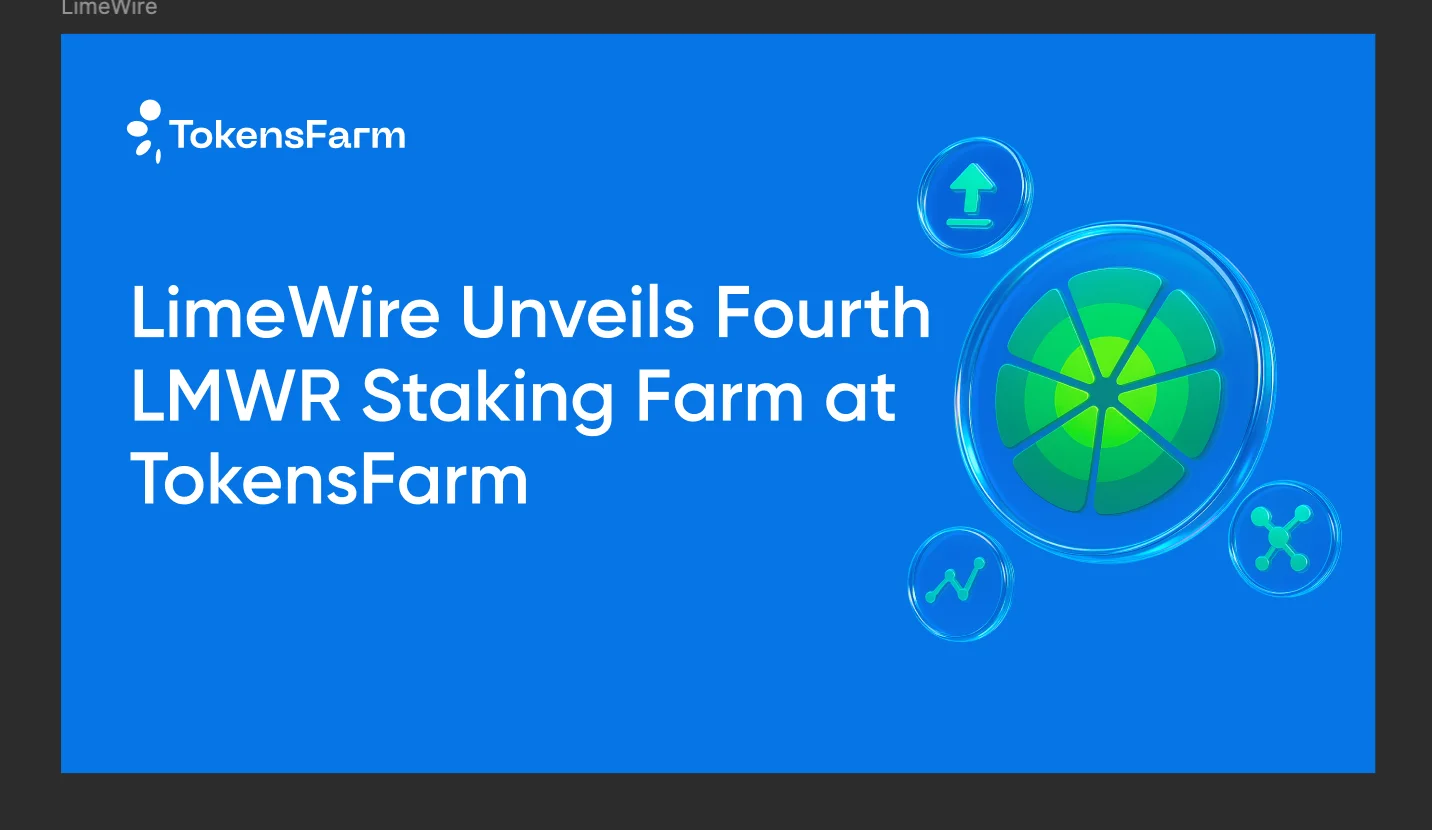LimeWire Reborn: From P2P Music Sharing to Blockchain Pioneer
.webp)
tl;dr
- LimeWire launched in 2000 as a peer-to-peer file-sharing app, becoming one of the largest platforms with over 50 million monthly users.
- The new LimeWire focuses on AI tools and blockchain-based file sharing.
- The LimeWire Token (LMWR) is used for payments, governance, and rewards, with a fixed supply of 1 billion tokens.
A Brief Introduction to LimeWire
LimeWire has a warm spot in the heart of every millennial. Launched on May 3, 2000, LimeWire started out as a peer-to-peer file-sharing app in the vein of Napster and quickly became one of the largest apps in the field. Despite nuking my family PC by downloading dubious files, it offered users like me unbridled access to an extremely large library of nearly everything I could think of for free.
As such, it made my early teen years quite enjoyable.
At its peak, LimeWire had over 50 million monthly users and was installed on one-third of computers globally. Unfortunately, the platform faced legal action in the early 2010s and shut down its file-sharing operation. Luckily, the beloved brand got revived as a web3 platform.

The LimeWire Renaissance: A Blockchain-Powered Revival
Once synonymous with peer-to-peer music sharing, LimeWire has transformed into a blockchain-powered platform in 2021, following an acquisition. Today, it focuses on decentralized technologies, including AI tools, and blockchain-based file sharing.
Recent developments include the launch of a decentralized file-sharing platform in partnership with Binance's BNB Greenfield. This partnership enables encrypted global file transfers and the introduction of LimeWire tokens (LMWR) for staking and payments. Additionally, LimeWire plans to launch "Blocknode" in 2025, a decentralized GPU marketplace for AI computing
Key Pillars of LimeWire's Reinvention
Today, LimeWire is a web3 and AI platform with a wide focus. Here are some of its key pillars.

NFTs
LimeWire’s NFT platform blended its iconic brand with blockchain technology, offering a marketplace for artists and fans. Focused on accessibility, artist royalties, and community engagement, it aimed to revolutionize the music NFT space. High-profile collaborations with artists like Travis Barker, Dillon Francis, Nicky Jam, Brandy, and A$AP TyY brought exclusive digital collectibles, from drum kits to spoken-word NFTs. Despite its strong launch and unique offerings, LimeWire’s NFT platform is no longer active.
AI Integration
LimeWire is expanding its ecosystem with artificial intelligence, offering a suite of AI-powered tools, including image generation, editing, upscaling, and outpainting. These features enhance content creation, allowing users to generate and refine visuals with ease.
Blocknode
In addition, LimeWire is set to launch Blocknode, a decentralized GPU marketplace designed to provide cost-effective computing power for AI companies, researchers, and developers. By leveraging LimeWire’s native token, LMWR, Blocknode will enable GPU owners to monetize idle hardware while offering affordable access to enterprise-grade GPUs.
Decentralized File Sharing with Binance Greenfield
LimeWire has returned to its roots in file sharing by launching a decentralized platform in partnership with Binance’s BNB Greenfield. This initiative blends LimeWire’s nostalgic brand with Web3 technology, offering users a secure and scalable file-sharing experience.
Unlike traditional cloud storage, BNB Greenfield ensures decentralized, encrypted storage, giving users full control over their data. Since its launch in November 2024, the platform has rapidly grown, surpassing 10 million uploaded files and attracting over two million active users. LimeWire’s AI tools enhance the experience, allowing advanced file manipulation and optimization.
The LimeWire Token (LMWR): Fueling the Ecosystem
LMWR is the foundation of LimeWire’s Web3 ecosystem, serving as a utility token for payments, governance, and rewards. With a fixed supply of 1 billion tokens, it ensures scarcity and long-term sustainability. Users can utilize LMWR to purchase AI-generated content, NFTs, and premium subscriptions while also paying for decentralized GPU services on Blocknode.
The token’s staking mechanism allows users to earn rewards, with loyalty incentives ranging from 8–12% based on engagement levels. LMWR also grants governance rights, enabling holders to vote on key decisions related to treasury allocation, token buy-backs, and ecosystem upgrades.
LimeWire maintains LMWR’s economic sustainability through regular buy-backs rather than inflationary token minting. LMWR plays a central role in fostering a dynamic and self-sustaining digital economy.
LimeWire and TokensFarm
LimeWire and TokensFarm have partnered to enhance the utility of the LimeWire Token through staking farms across multiple blockchains, including BNB and Ethereum. This collaboration allows LMWR holders to stake their tokens and earn rewards, increasing engagement within LimeWire’s Web3 ecosystem.
This partnership strengthens LimeWire’s position in the decentralized space, offering users additional incentives to participate in its expanding ecosystem.


.webp)



.webp)